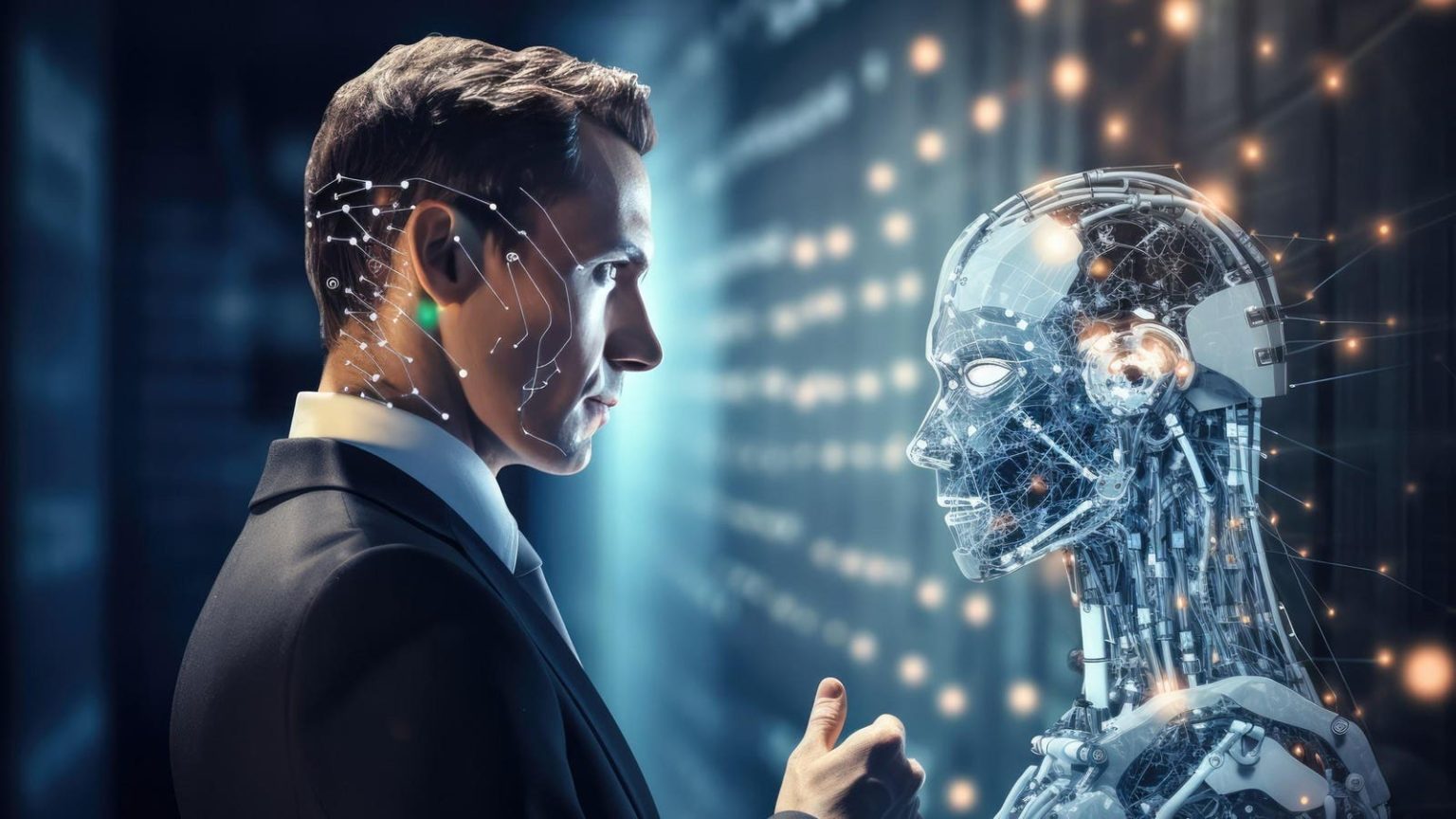In today’s world, artificial intelligence (AI) is prevalent in various aspects of our daily lives. Despite the fears of AI taking over and becoming autonomous rulers of our future, the reality is that we are far from experiencing an AI takeover. The majority of AI systems we encounter are examples of “narrow AI,” highly specialized in specific tasks but operating within limitations. These systems excel at tasks like recommending movies, optimizing routes, generating images, and composing music, but they do not truly understand the content they generate or the world around them.
Narrow AI operates within predefined boundaries and cannot think for itself or learn beyond its programming. While these systems might seem intelligent, their capabilities are tightly confined. The concept of Artificial General Intelligence (AGI), where an AI can understand, learn, and apply knowledge across various tasks like a human, remains a distant goal. Transitioning from narrow AI to AGI is not a matter of incremental improvements but requires foundational breakthroughs in how AI learns and interprets the world.
One major limitation of current AI systems is their dependency on vast amounts of data to learn and function effectively. Unlike humans who can learn from a few examples, AI systems need thousands or even millions of data points to master even simple tasks. This data dependency is a significant bottleneck in AI development, as high-quality, large-scale datasets are not always available. In fields where data is scarce, such as specialized medical fields or areas with rare events, the applicability of AI is limited.
As AI continues to evolve and integrate deeper into our lives and industries, the infrastructure around its development is also maturing. This dual progression ensures that as AI capabilities grow, regulatory frameworks are also evolving to ensure safe and ethical operations. The tech community is implementing safety and ethical guidelines, but these measures must evolve alongside AI’s rapid developments to avoid potential risks and unintended consequences. By proactively adapting regulations, we can harness AI’s potential for positive advancement rather than regarding it as a threat.
In conclusion, AI is here to assist and augment human capabilities, not to replace them. The fears of AI taking over and becoming autonomous rulers of our future are unfounded in the current state of AI technology. As we continue to focus on safe and ethical AI development, we can avoid the pitfalls depicted in dystopian narratives and ensure that AI remains a powerful tool for positive advancement while remaining under human control. The world is very much in human hands, and AI is poised to enhance our capabilities rather than dominate them.


